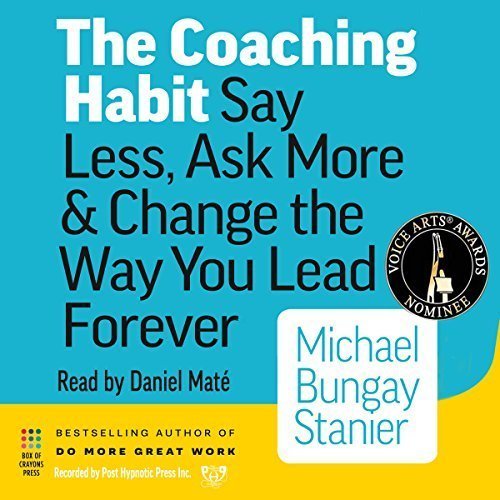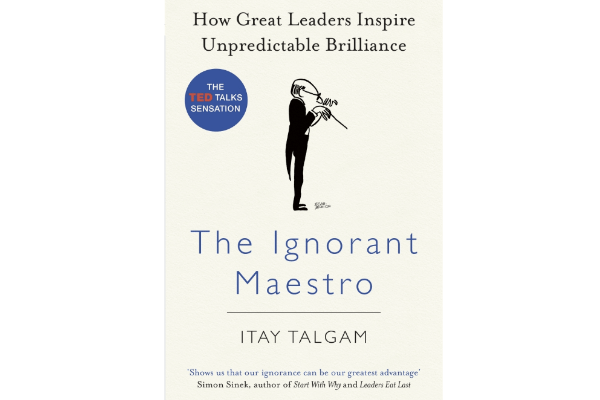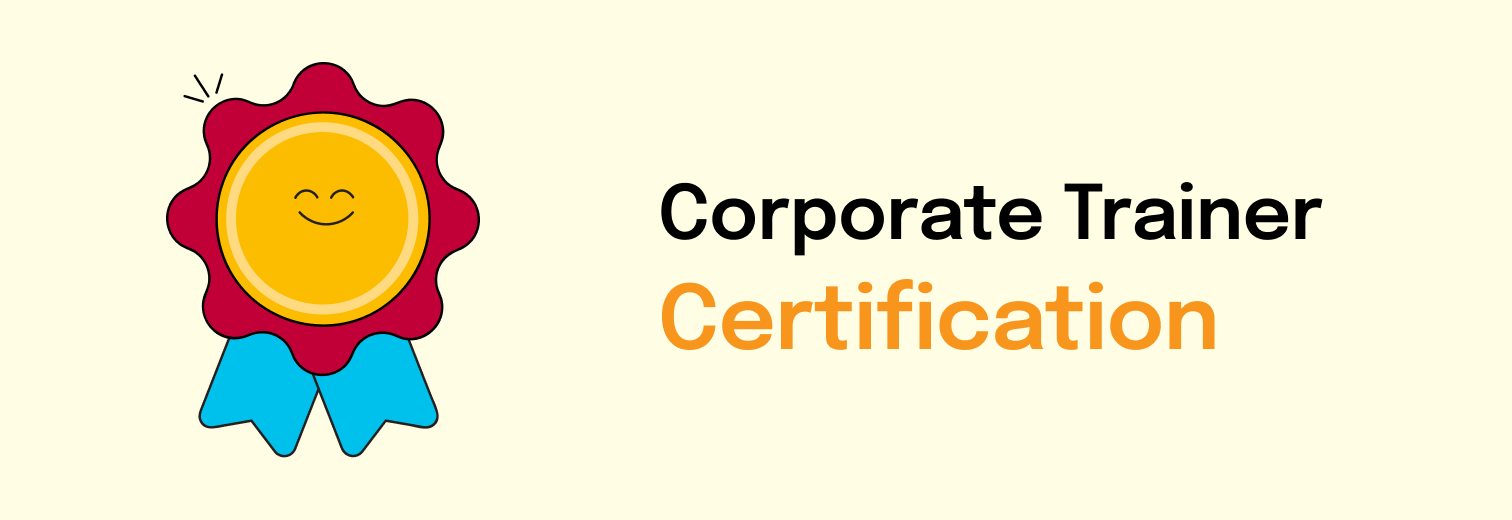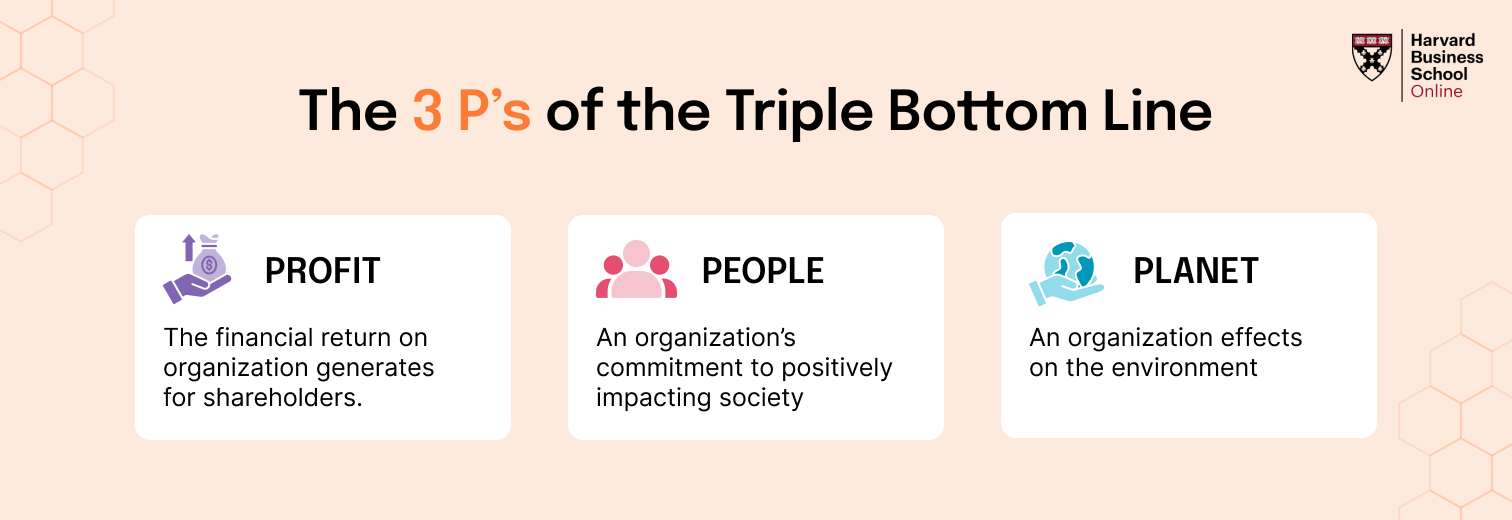When I first picked up The Coaching Habit by Michael Bungay Stanier, I expected a book on leadership or performance improvement. What I got was something far more personal and practical. This was not a lecture on what coaching should be. It was a guide to making coaching doable in real time, within real conversations, in the middle of our very real and very chaotic workdays.
In the first part of this series, I explored two foundational questions from the book: the Kickstart Question and the A.W.E. (And What Else) Question. They both helped me realize how quickly we tend to jump to solutions when what people often need is space, curiosity, and time to reflect.
In this post, I will explore the remaining five questions Stanier recommends. These are not tricks or scripts. They are tools. Tools that help managers be more present, teams be more thoughtful, and conversations feel more human.
The Focus Question: What is the real challenge for you?
Table of Contents
This one question shifted the way I look at problem-solving.
We often meet people in the middle of a storm. They are overwhelmed, multitasking, and unable to sort through everything that is on their mind. As coaches or managers, our instinct is to help. But helping too soon can lead us to solve the wrong problem.
That is where the Focus Question becomes useful. It breaks the clutter and centers the conversation.
Why it matters:
- The word real encourages the speaker to go deeper
- The phrase for you shifts the lens to personal ownership
Stanier explains three patterns that often block clarity:
- Proliferation: Too many issues competing for attention
- Ghost coaching: Blaming someone else or an external factor
- Abstraction: Getting lost in vague or philosophical complaints
I have seen all of these firsthand. Asking, “What is the real challenge for you?” helps people pause, take a breath, and reflect on what really matters.
Workplace reflection: Try asking this question in your next one-on-one. Let silence do some of the work.
Read Also: Helping Employees Find Their True Potential
The Foundation Question: What do you want?
I remember the first time I asked this question in a coaching conversation. The person paused for a full thirty seconds before responding. Not because the question was difficult, but because no one had asked them that directly in a long time.
This question goes beyond surface-level goals. It digs into desire, identity, and unmet needs. Stanier differentiates between wants and needs, and that nuance is critical.
- A want might sound like, “I want more visibility”
- A need might be, “I need to feel recognized”
Understanding the difference helps you coach more meaningfully. It also helps the other person feel truly seen.
Marshall Rosenberg, the father of Nonviolent Communication, once wrote about the nine universal needs we all have. Asking “What do you want?” can begin to surface those unspoken truths.
Tip: Stay curious a little longer. When someone responds to this question, ask “Why is that important to you?”
The Lazy Question: How can I help?
This is one of my favorites, because it flips a common leadership instinct on its head. Many of us feel that being helpful means jumping in, fixing problems, or doing the heavy lifting ourselves. But that is not help. That is rescue. And over time, it leads to dependency.
Stanier calls this “The Lazy Question” not because it is dismissive, but because it encourages leaders to stop over-functioning.
By asking “How can I help?” we give ownership back to the person in front of us. We also give ourselves permission to say no, to set boundaries, and to be specific.
Two hidden benefits:
- The other person must clarify their request
- We avoid the trap of assuming we know best
Early in my leadership journey, I used to overcommit. Every request felt urgent. Every problem felt like mine to solve. Asking this one question helped me pause, recalibrate, and respond with intention.
Workplace reflection: Helping is not about doing more. It is about enabling others to do better.
The Strategic Question: If you are saying yes to this, what are you saying no to?
This question adds structure to good intentions.
We say yes to new goals, new tasks, new collaborations, and before we know it, we are underwater. This question forces a pause. It asks us to consider tradeoffs before we commit.
Stanier encourages us to use the 3P framework here: Projects, People, and Patterns.
- Projects: What tasks or deadlines need to be moved or declined
- People: What expectations or responsibilities need to be renegotiated
- Patterns: What habits, beliefs, or routines must change
I used this recently while mentoring someone on our team. They were excited to take on a new initiative, but already stretched thin. When I asked, “What would you need to stop doing in order to say yes to this?” their entire approach shifted. They reprioritized and executed with greater focus.
Read Also: Why Training Alone Isn’t Enough
The Learning Question: What was most useful for you?
Stanier saves the quietest, most reflective question for last. This is how you end a meaningful coaching moment, not with advice, but with insight.
This question achieves three things:
- It helps the coachee integrate what they just experienced
- It gives the coach feedback without asking, “Did I do well”
- It reminds both parties that insight matters more than advice
I now use this question at the end of most learning sessions. Whether it is a workshop, a peer conversation, or even a project debrief, it invites reflection.
Sometimes the answers surprise me. People find value in something I almost overlooked. That is the beauty of learning. It is deeply personal.
Workplace reflection: Learning happens not when we speak, but when someone else reflects.
Summary: The Seven Questions That Can Change How You Lead
Here is a quick recap of all seven coaching questions from The Coaching Habit:
- Kickstart Question – What is on your mind
- A.W.E. Question – And what else
- Focus Question – What is the real challenge for you
- Foundation Question – What do you want
- Lazy Question – How can I help
- Strategic Question – If you are saying yes to this, what are you saying no to
- Learning Question – What was most useful for you
Each of these can be used in five-minute conversations, over coffee, during a one-on-one, or even in written feedback. You do not need a coaching certification to apply them. You just need the mindset of someone who listens to understand, not just respond.
Why This Matters in Today’s Workplace
Too many workplaces still confuse coaching with performance correction. But true coaching is about growth. It is about building confidence, clarity, and ownership.
In hybrid work cultures, in rapidly changing roles, and in teams where time is tight, these seven questions offer a structure that is simple and scalable.
They allow you to:
- Coach in the moment
- Keep conversations focused
- Help people think for themselves
- Reduce decision bottlenecks
- Improve psychological safety
In short, they help you build the kind of culture that grows with its people.
Explore more: Building Trust in Teams
Final Reflection: Ask More, Talk Less
When I first tried these questions, I found myself itching to offer ideas. But with practice, I learned to wait. To listen longer. To trust that the person in front of me had more insight than I assumed.
That changed everything.
These questions are not just for managers. They are for anyone who wants to support growth without controlling it. For anyone who believes that learning is more powerful when it is self-driven. And for anyone who wants to lead with empathy, not ego.
So here is my invitation to you.
Pick one question. Use it today. See what opens up.
Because sometimes, the best way to make a difference is not by giving answers, but by asking the right question.










